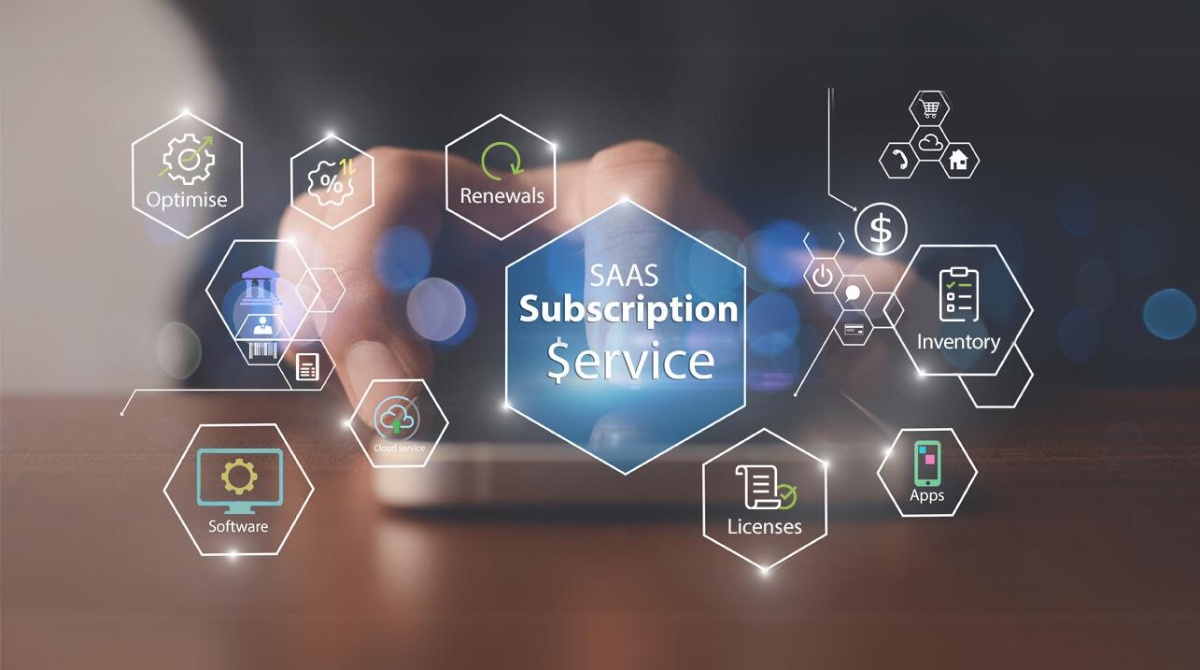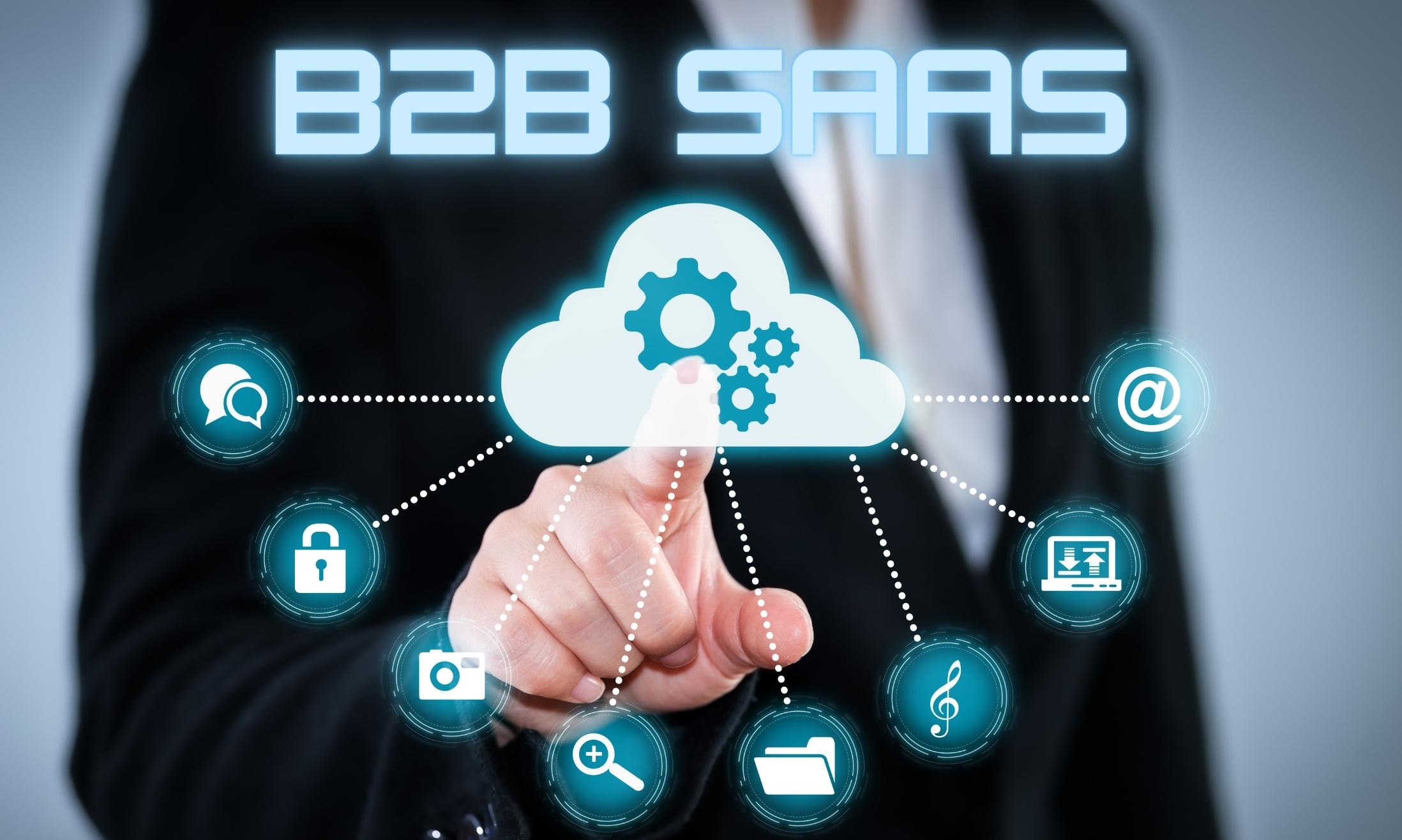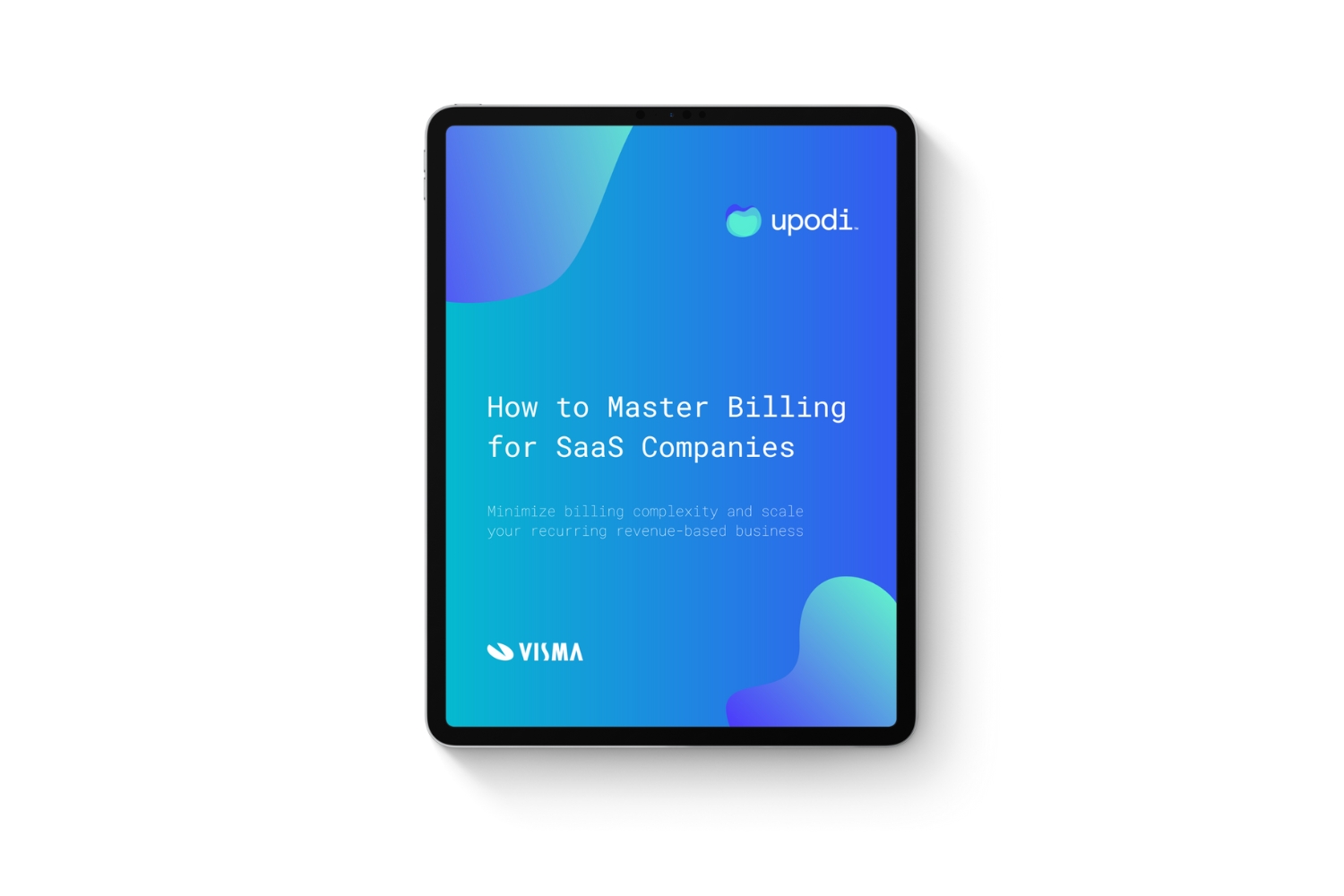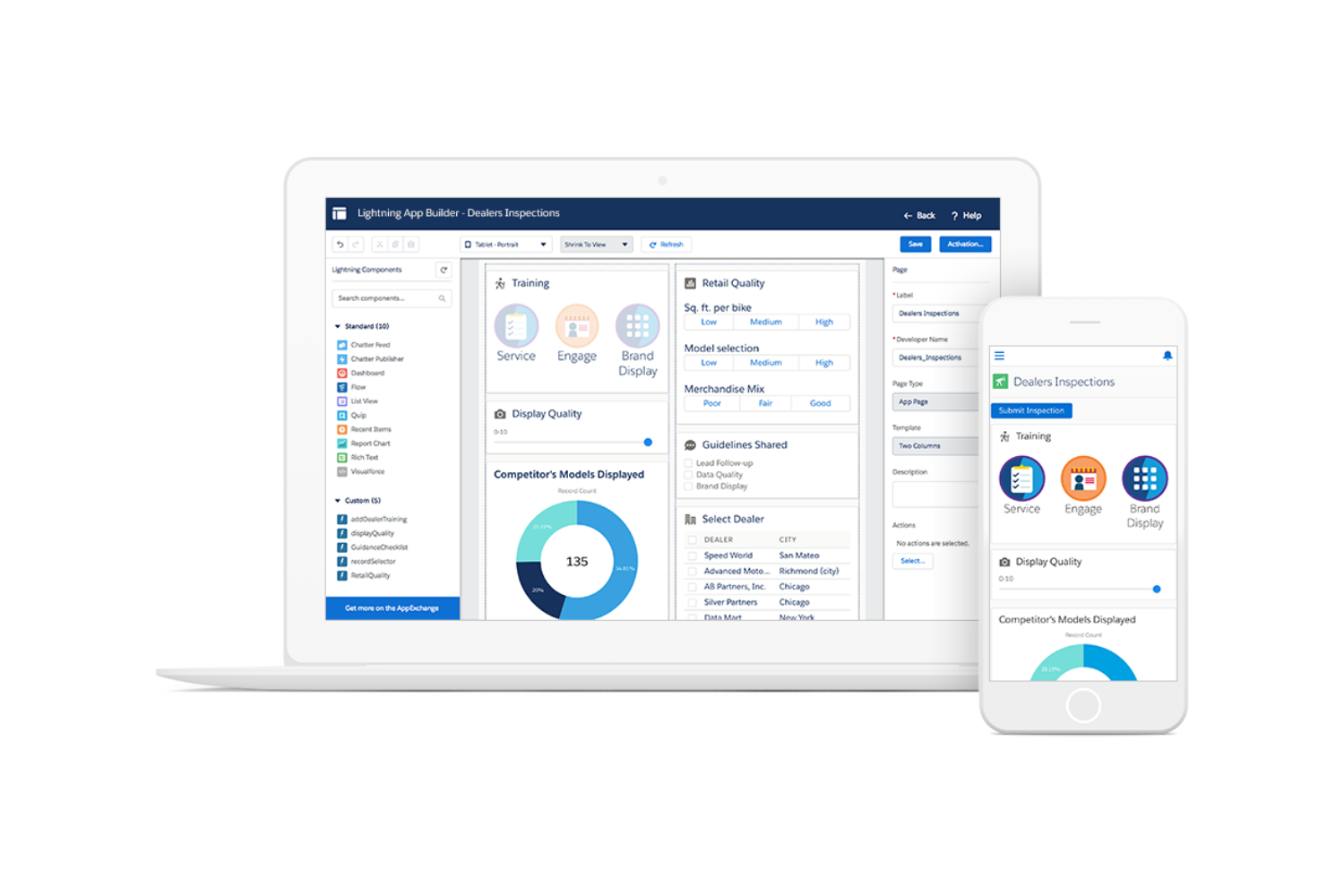–
Introduction:
Welcome to the world of Software-as-a-Service (SaaS) subscriptions! In today’s digital age, businesses are increasingly relying on cloud-based software solutions to streamline their operations and drive growth. SaaS subscription models have become a popular choice among companies of all sizes, offering a wide range of benefits and flexibility.
So, what exactly is a SaaS subscription? In simple terms, it refers to the practice of accessing software applications over the internet on a subscription basis, rather than purchasing and installing the software on individual devices. This means that users can access the software anytime, anywhere, as long as they have an internet connection.
SaaS subscriptions have revolutionized the way businesses use and pay for software. In the past, purchasing software licenses often required a significant upfront investment, as well as ongoing maintenance and support costs. With SaaS subscriptions, companies can avoid these upfront expenses and pay a predictable monthly or annual fee for access to the software and ongoing updates and support.
One of the key advantages of SaaS subscriptions is the scalability they provide. As your business grows, you can easily scale up your subscription to accommodate more users or additional features. This flexibility makes SaaS subscriptions particularly attractive to startups and small businesses that may have limited resources but need access to powerful software tools.
Another major advantage of SaaS subscriptions is the reduced IT burden. Traditionally, businesses had to invest in expensive IT infrastructure and dedicated personnel to manage and maintain software applications. With SaaS, all the technical aspects are handled by the service provider, allowing businesses to focus on their core competencies without worrying about software updates, backups, or security.
SaaS subscriptions also offer greater accessibility and collaboration. Since the software is hosted in the cloud, users can access it from any device with an internet connection. This enables teams to work together seamlessly, even if they are located in different offices or remote locations. Real-time collaboration features further enhance productivity and communication among team members.
In addition to these benefits, SaaS subscriptions often come with regular updates and enhancements, ensuring that businesses always have access to the latest features and improvements. Upgrades are typically included in the subscription fee, eliminating the need for additional purchases or installations.
Now that we have a clear understanding of what SaaS subscriptions are and the advantages they offer, let us explore the different models available and the key features to consider when choosing the right SaaS subscription for your business.
–
Definition of SaaS:
Software-as-a-Service (SaaS) is a cloud-based software distribution model where applications are accessed over the internet through a subscription. In this model, the software provider hosts and maintains the software and its underlying infrastructure, while users access the software through a web browser or a dedicated application on their devices.
Unlike traditional software models where users have to purchase and install the software on their own computers or servers, SaaS eliminates the need for upfront costs and complex installations. Instead, users pay a recurring fee to access and use the software, typically on a monthly or annual basis.
With SaaS, all aspects of software management, including security, performance, updates, and support, are handled by the provider. This not only simplifies the user experience but also allows businesses to focus on utilizing the software instead of managing and maintaining it. Additionally, SaaS applications are designed to be highly scalable, making it easy for businesses to adjust their subscription level based on their needs.
One of the key features of SaaS is its multi-tenancy architecture. This means that multiple organizations or users can use the same instance of the software, with each user having their own personalized settings and data. This shared environment enables cost efficiency as the infrastructure is optimized to serve multiple customers simultaneously.
SaaS applications cover a wide range of functionalities, including customer relationship management (CRM), project management, human resources, accounting, collaboration tools, and many more. The availability of these applications on-demand and the pay-as-you-go pricing model make SaaS a popular choice for businesses of all sizes, from startups to large enterprises.
Furthermore, SaaS provides seamless access to software updates. This means that users automatically receive new features, enhancements, and security patches without any manual intervention required. This ensures that businesses are always working with the latest version of the software, benefiting from ongoing improvements and staying protected against emerging threats.
Overall, SaaS offers businesses an affordable, flexible, and hassle-free alternative to traditional software models. By shifting the responsibility of software management to the provider, organizations can focus on their core operations and rely on the comprehensive services offered by SaaS applications. Understanding the definition and advantages of SaaS is essential for businesses looking to leverage cloud-based solutions to drive efficiency and innovation.
–
Advantages of SaaS Subscription:
SaaS subscriptions offer numerous advantages for businesses looking to optimize their software usage. From cost savings to increased productivity, here are some key benefits of adopting a SaaS subscription model:
1. Cost Savings:
SaaS subscriptions eliminate the need for upfront investments in software licenses and infrastructure. Instead, businesses pay a predictable monthly or annual fee based on their subscription level. This significantly reduces initial capital expenditures and allows for more accurate budgeting. Additionally, SaaS eliminates ongoing maintenance and support costs, as these are typically included in the subscription fee.
2. Scalability:
SaaS subscriptions are highly scalable, allowing businesses to easily add or remove users and adjust their subscription level as needed. This flexibility is especially valuable for growing organizations, as they can quickly adapt to changing demands without any major disruptions or additional costs. Scaling up or down can be done seamlessly, ensuring businesses have the right resources at the right time.
3. Accessibility and Mobility:
With SaaS subscriptions, users can access software applications from any device with an internet connection. This enhances mobility and enables remote work, as employees can securely access the software and collaborate in real-time, regardless of their location. This flexibility increases productivity and allows for seamless collaboration among team members.
4. Continuous Updates:
SaaS providers handle all software updates and maintenance, ensuring that businesses always have access to the latest features and enhancements. These updates are typically included in the subscription fee, ensuring that businesses stay up to date without having to purchase or install new versions of the software. This saves time and resources, while also ensuring that businesses benefit from ongoing improvements and bug fixes.
5. Streamlined IT Management:
By choosing a SaaS subscription model, businesses can offload the burden of managing and maintaining software applications to the service provider. This eliminates the need for in-house IT infrastructure and dedicated personnel, reducing IT costs and allowing internal resources to focus on more strategic initiatives. SaaS providers handle all aspects of software management, including security, data backups, and system updates, ensuring a secure and reliable user experience.
6. Enhanced Collaboration:
SaaS subscriptions enable seamless collaboration among team members, regardless of their physical location. Users can share files, collaborate on documents, and communicate in real-time, improving efficiency and productivity. With features like version control and document sharing, SaaS subscriptions foster collaboration and streamline workflows within organizations.
7. Rapid Deployment:
Traditional software implementations often require time-consuming installations and configurations. In contrast, SaaS applications can be deployed quickly and easily. Users can simply sign up, log in, and start using the software right away. This rapid deployment allows businesses to start reaping the benefits of the software immediately, minimizing downtime and maximizing productivity.
By leveraging the advantages of SaaS subscriptions, businesses can optimize their software usage, reduce costs, and enhance collaboration and productivity. This flexible and cost-effective model has become a game-changer for organizations of all sizes, enabling them to stay competitive in a rapidly evolving digital landscape.
–
Common SaaS Subscription Models:
When it comes to SaaS subscriptions, businesses have several pricing models to choose from. These models determine how users will be billed for the software services they use. Understanding the different subscription models can help businesses select the most suitable option for their needs. Here are some common SaaS subscription models:
1. Flat-Rate Subscriptions:
In this model, businesses pay a fixed amount for unlimited access to the software. Regardless of the number of users or their usage frequency, the subscription fee remains the same. This model is often used for simple software solutions or when businesses have predictable and stable software needs.
2. User-Based Subscriptions:
With user-based subscriptions, businesses are charged based on the number of users accessing the software. Each user is assigned a unique login, and the subscription fee increases as the number of users grows. This model allows businesses to scale their subscription as their workforce expands, ensuring that they pay for the actual usage.
3. Tiered Subscriptions:
Tiered subscriptions offer different levels of access and features based on different pricing tiers. Businesses can choose the tier that best suits their needs and pay accordingly. Each tier typically offers a specific set of features or limitations, allowing businesses to select the level of functionality that aligns with their requirements and budget.
4. Pay-Per-Use Subscriptions:
In a pay-per-use model, businesses only pay for the actual usage or consumption of the software services. This model is especially common in scenarios where the software is used sporadically or by a large number of users with varying usage patterns. The subscription fee is calculated based on factors such as the number of transactions, data storage, or API calls.
5. Freemium Subscriptions:
Freemium subscriptions offer a basic version of the software for free, allowing users to try out the essential features. However, to access advanced functionalities or remove limitations, users need to upgrade to a paid subscription. This model allows businesses to attract a wide user base and upsell premium features to those who require more robust capabilities.
6. Customized Subscriptions:
In some cases, businesses require custom pricing and subscription models tailored to their specific needs. This can include a combination of different pricing structures or additional customizations based on unique requirements. Customized subscriptions are often negotiated directly with the SaaS provider, ensuring a tailored solution that aligns with the business’s objectives.
When selecting a SaaS subscription model, it is important for businesses to consider their specific requirements, budget, and scalability needs. It’s also crucial to review the terms and conditions, including any contract commitments or exit clauses, to ensure a transparent and mutually beneficial partnership with the SaaS provider.
–
Key Features of SaaS Subscriptions:
When evaluating SaaS subscriptions, it’s important to consider the key features that differentiate them from traditional software models. These features not only make SaaS subscriptions attractive but also contribute to the overall user experience and business value. Here are some key features to look for when choosing a SaaS subscription:
1. Accessibility:
SaaS subscriptions provide users with easy accessibility to software applications through a web browser or dedicated application. Users can access the software from any device with an internet connection, enabling remote work and on-the-go productivity. This accessibility ensures that users have the flexibility to work from anywhere, resulting in increased efficiency and collaboration.
2. Scalability:
SaaS subscriptions offer scalability, allowing businesses to easily scale up or down based on their needs. Whether it’s adding new users, expanding functionality, or increasing data storage, businesses can adjust their subscription level without significant changes to infrastructure or operations. This scalability ensures that the software grows with the business and accommodates changing demands.
3. Security:
Security is a critical consideration when choosing a SaaS subscription. SaaS providers invest in robust security measures to protect customer data. They typically offer encryption, access controls, regular security updates, and compliance with industry standards and regulations. Choosing a reputable SaaS provider with a strong security track record is essential to safeguarding sensitive data and maintaining the trust of customers.
4. Reliability and Performance:
SaaS subscriptions come with service level agreements (SLAs) that guarantee a certain level of uptime and performance. Reliable SaaS providers invest in redundant infrastructure, backups, and disaster recovery plans to ensure minimal disruptions to user access. It is important to review the SLA and understand how the provider handles maintenance, upgrades, and potential downtime to ensure the software operates optimally and meets business requirements.
5. Regular Updates and Enhancements:
SaaS subscriptions provide users with regular updates and enhancements to the software. These updates are typically included in the subscription fee and ensure that businesses always have access to the latest features, functionalities, and security patches. By staying up to date, businesses can take advantage of new capabilities, improve productivity, and stay ahead of the competition.
6. Integration Capabilities:
SaaS subscriptions often come with built-in integration capabilities, allowing businesses to connect the software with other tools and systems they use. Integration with popular productivity tools, collaboration platforms, or customer relationship management systems enhances workflow efficiency and eliminates the need for manual data entry. It is essential to evaluate the integration options available and ensure that the software can seamlessly connect with existing infrastructure and applications.
7. Customer Support and Training:
Customer support and training are crucial aspects of a SaaS subscription. Reputable providers offer timely and responsive customer support through various channels, ensuring businesses receive assistance when needed. Additionally, comprehensive training resources, such as tutorials, documentation, and webinars, can help users maximize the value of the software and quickly onboard new employees.
By considering these key features, businesses can select a SaaS subscription that aligns with their needs and provides the necessary functionality, security, and support for their operations. Evaluating these features will help businesses make an informed decision and derive maximum value from their SaaS investment.
–
How to Choose the Right SaaS Subscription:
Choosing the right SaaS subscription is crucial for businesses to leverage the full benefits of cloud-based software. With a plethora of options available, it’s important to consider several factors when making this decision. Here are some key steps to help you choose the right SaaS subscription for your business:
1. Define Your Needs and Goals:
Start by identifying your specific requirements and objectives. Consider the functionality, features, and level of customization you need from the software. Determine the goals you want to achieve with the software and how it aligns with your overall business strategy. Understanding your needs and goals will help you narrow down the available options.
2. Assess Vendor Credibility and Reputation:
Research and assess the credibility and reputation of the SaaS vendors you are considering. Look for established vendors with a proven track record in delivering reliable and secure software solutions. Explore customer reviews and testimonials to gauge user satisfaction and the level of customer support provided by the vendors. A reputable vendor with a strong track record is more likely to deliver a high-quality SaaS subscription.
3. Evaluate Security Measures:
Security should be a top priority when selecting a SaaS subscription. Ask vendors about their security protocols, data encryption, access controls, and compliance certifications to ensure your data will be protected. Review the vendor’s data protection policies, as well as the measures they take to prevent data breaches and ensure data privacy. Choosing a vendor with robust security measures will give you peace of mind and mitigate the risk of data breaches.
4. Consider Scalability and Flexibility:
Consider the scalability and flexibility of the SaaS subscription. Assess whether the solution can accommodate your business’s growth, including additional users, increased data storage, and new features. Look for subscription plans that allow you to easily scale up or down to meet your changing needs. This flexibility ensures that you can adapt the software to your evolving requirements without any major disruptions.
5. Integration Capabilities:
Evaluate the integration capabilities of the SaaS subscription. Determine whether the software can seamlessly connect with your existing tools and systems, such as CRM, project management, or accounting software. This integration eliminates the need for manual data entry, streamlines workflows, and enhances productivity. Choosing a SaaS subscription with strong integration capabilities can improve efficiency and optimize your overall software ecosystem.
6. Review Pricing and Licensing:
Review the pricing and licensing structure of the SaaS subscription. Understand the pricing model, whether it’s flat-rate, user-based, or pay-per-use, and assess how it aligns with your budget and expected usage. Consider any additional costs, such as training, implementation, or customization fees. It’s important to have a clear understanding of the total cost of ownership and ensure that the pricing model is sustainable for your business in the long run.
7. Test the Software:
If possible, take advantage of free trials or demos offered by vendors to test the software. This hands-on experience allows you to evaluate the user interface, intuitiveness, and overall user experience. Test the software’s performance, speed, and ease of use to ensure it meets your expectations. Engaging with the software firsthand will give you valuable insights into its capabilities and suitability for your business needs.
8. Consider Customer Support and Training:
Evaluate the level of customer support provided by the vendor. Prompt and reliable customer support is crucial in resolving any issues or concerns that may arise. Additionally, consider the availability of training resources, such as documentation, tutorials, and webinars, to ensure that you and your team can effectively utilize the software and maximize its benefits.
By following these steps, businesses can make an informed decision when choosing the right SaaS subscription. Taking the time to evaluate vendors, assess security measures, and consider scalability and flexibility will help ensure a successful implementation and a positive return on investment.
–
Common Mistakes to Avoid with SaaS Subscriptions:
Implementing a SaaS subscription can be a game-changer for businesses, but it’s important to avoid common mistakes that can hinder the successful adoption and utilization of the software. By being aware of these mistakes, businesses can maximize the value of their SaaS subscription. Here are some common mistakes to avoid:
1. Not Conducting Adequate Research:
One of the biggest mistakes is not conducting thorough research before selecting a SaaS subscription. Rushing into a decision without understanding the vendor’s credibility, reputation, security measures, and customer support can lead to regrets later on. Take the time to research multiple vendors, read reviews, and consult with colleagues or industry experts to make an informed decision.
2. Neglecting Security Considerations:
Security should never be overlooked when choosing a SaaS subscription. Failing to assess the vendor’s security protocols, data encryption, and compliance certifications can put sensitive data at risk. Ensure that the vendor has robust security measures in place to protect your data, and review their data protection policies to ensure they align with your business’s security requirements.
3. Ignoring Scalability and Flexibility:
Choosing a SaaS subscription without considering scalability and flexibility can be a costly mistake. If your business grows or your needs change, you may end up with a subscription that cannot accommodate your evolving requirements. Look for a solution that can easily scale up or down and offers the flexibility to add or remove users and features as needed to align with your business goals.
4. Overlooking Integration Capabilities:
Failure to consider integration capabilities can hinder efficiency and productivity. Choosing a SaaS subscription that does not integrate well with your existing tools and systems can result in data silos, duplicate entry efforts, and disjointed workflows. Ensure that the software can seamlessly integrate with your current software ecosystem to streamline processes and enhance collaboration.
5. Underestimating Training and Support Needs:
Inadequate training and support can limit the successful adoption and utilization of a SaaS subscription. Neglecting to allocate sufficient resources for training or relying solely on vendor-provided documentation can lead to frustrating experiences for users. Plan for comprehensive training and ongoing support to ensure that users can effectively leverage the features and functionalities of the software and troubleshoot any issues that may arise.
6. Not Reviewing the Contract and Pricing Terms:
Failing to carefully review the contract and pricing terms can result in unexpected costs or commitments. Take the time to review the entire agreement, including pricing structure, contract duration, cancellation policies, and any potential hidden fees. Ensure that the pricing terms align with your budget and that you have a clear understanding of what you are entitled to and any potential limitations.
7. Overlooking Data Backup and Recovery:
Data loss can have severe consequences for businesses. Neglecting to consider data backup and recovery provisions within the SaaS subscription can leave your business vulnerable to data loss. Ensure that the vendor has appropriate backup and recovery measures in place to safeguard your data and minimize the risk of data loss or corruption.
By avoiding these common mistakes, businesses can ensure a smooth and successful implementation of their SaaS subscription. Proper research, consideration of security measures, scalability, integration capabilities, and user support will lay a solid foundation for leveraging the full benefits of a SaaS subscription and driving business growth.
–
Conclusion:
SaaS subscriptions have revolutionized the way businesses access and utilize software applications. With the flexibility, cost savings, and scalability they offer, SaaS subscriptions have become a popular choice for organizations of all sizes. By understanding the definition of SaaS, the advantages it provides, and the common subscription models available, businesses can make informed decisions and select the right SaaS subscription for their needs.
The key features of SaaS subscriptions, such as accessibility, scalability, security, and regular updates, contribute to improved productivity, collaboration, and cost-efficiency. By leveraging these features, businesses can streamline their operations, access the latest software capabilities, and focus on their core competencies without the burden of software management and maintenance.
When choosing a SaaS subscription, it is important to conduct thorough research, evaluate security measures, scalability, and integration capabilities, and consider the vendor’s reputation and customer support. Avoiding common mistakes, such as neglecting security considerations, underestimating training needs, or overlooking pricing terms, will contribute to a successful adoption and utilization of the SaaS subscription.
In conclusion, SaaS subscriptions offer numerous advantages and opportunities for businesses to optimize their software usage. The ability to access software remotely, scale up or down as needed, and benefit from regular updates and enhancements has transformed the software landscape. By making informed decisions, businesses can leverage SaaS subscriptions to stay competitive, drive growth, and adapt to the ever-evolving digital landscape.

























